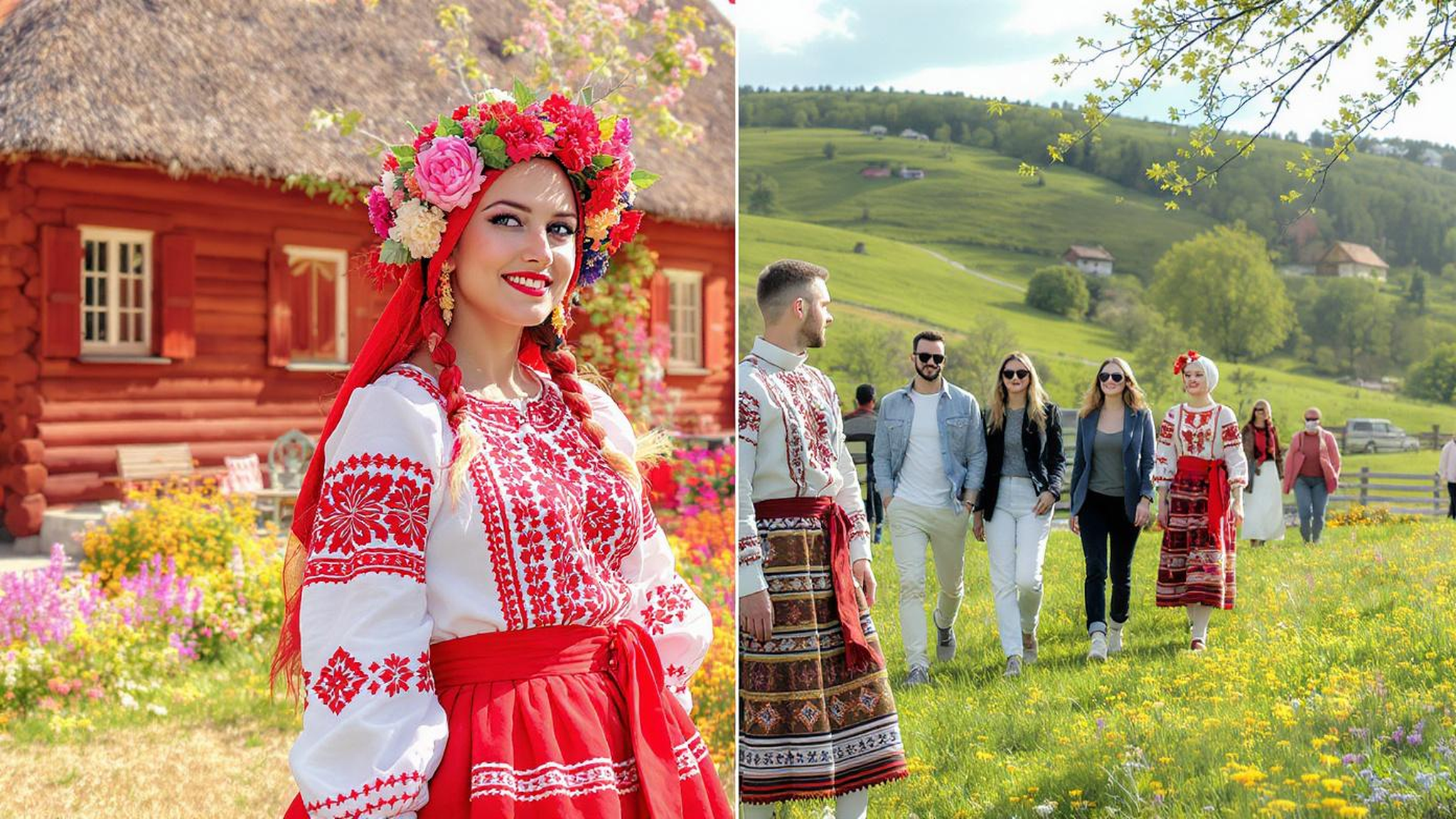Let me tell you something — if you think Poland is just fur hats and thick coats, you’re missing half the story. And honestly, maybe even more.
I’ve spent years working with designers, factories, and small brands trying to break into new markets. Eastern Europe keeps coming up — not because it’s trendy, but because it’s real. And Poland? It’s one of those places where fashion isn’t just about looking good. It’s about surviving winters, honoring grandmas’ embroidery, and still showing up to a Warsaw club in something sleek and minimalist.
So when someone asks, “what type of clothing does Poland wear?” — I don’t give the textbook answer. I say: depends on the season, the region, the generation, and whether they’re going to church or a rave.
And that’s the truth. There’s no single answer. But there is a pattern — messy, layered, sometimes contradictory — just like life.
If you’re building a brand, launching a line, or just curious about cultural fashion beyond the Instagram reels, this matters. Because understanding how people dress in Poland isn’t just anthropology — it’s business intelligence. And if you’re doing custom apparel, like we do at Fexwear, it changes how you design, source, and produce.
Alright. Let’s dig in.
The Roots of Polish Dress
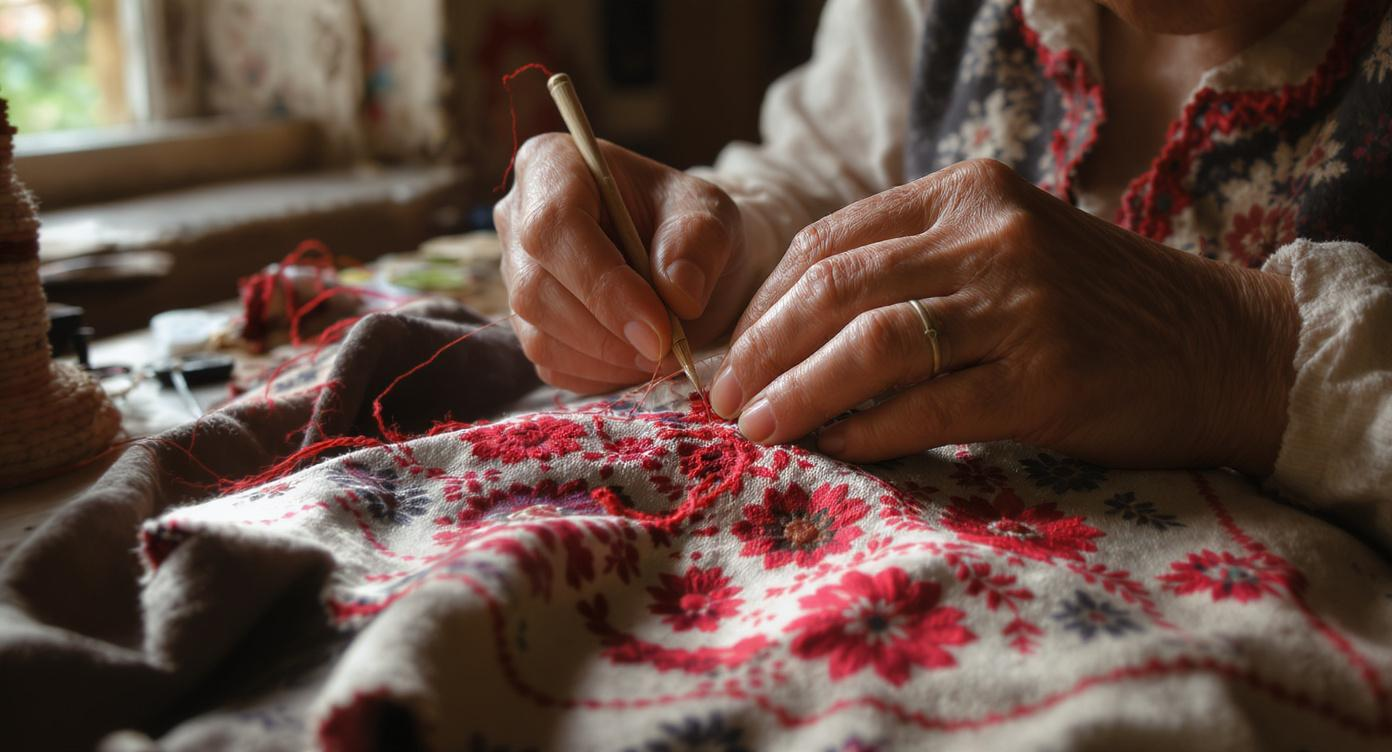
You ever see a Polish wedding? Not the one in the city hall with black suits and champagne. I mean the real deal — out in the countryside, where the whole village shows up, and suddenly everyone’s wearing clothes that look like they stepped out of a 19th-century painting?
That’s when you realize: traditional Polish clothing isn’t dead. It’s just… seasonal.
And it’s not costume. It’s identity.
Poland’s traditional dress — called stroje ludowe — varies wildly by region. There’s no national “uniform.” In fact, the differences are the point. Each village, each valley, each ethnic group has its own style. The embroidery patterns? They’re not random. They tell stories — about family, fertility, protection from evil spirits. Some motifs are centuries old.
Take the Kraków costume. Probably the most famous. Red vests for men, full skirts with floral embroidery for women, white lace, boots with metal buckles. The colors? Red and white — Poland’s national colors. But it wasn’t always that way. That symbolism was reinforced in the 19th century, during the partitions, when Poland didn’t exist as a country. Wearing that outfit became an act of resistance.
Then there’s Podhale, the mountain region. Góralski style — sheepskin vests, woolen capes, leather details. Functional for cold, rugged terrain, but also richly decorated. I remember visiting Zakopane once, in winter. The locals wore these hand-knit sweaters with zigzag patterns — geometric, bold. Later I learned: those lines represent the Tatra Mountains. The colors? Black, red, green — earth, blood, forest.
And Kashubia, up north near the Baltic? Lighter fabrics. Linen. Blue and white stripes — like the sea and sky. Simpler, but not plain. Every region has its own textile language.
Now, do Poles wear this every day? Hell no.
But they do wear it. On holidays. At festivals. Weddings. Folk dance performances. Even political events. It’s not nostalgia — it’s continuity.
We saw this in a project last year — a small brand wanted to launch a line inspired by Slavic folkwear. They came to us thinking, “Let’s make modern versions of these embroidered vests.” We said: slow down. First, understand why the embroidery is there. Who made it? What does it mean? Otherwise, you’re just copying patterns without context — and people notice.
So we worked with them to partner with a cultural collective in southern Poland. They got access to authentic motifs, worked with local artisans, and ended up producing a limited run of jackets with hand-stitched details — not mass-printed. Sold out in three days.
Point is: tradition in Poland isn’t decoration. It’s heritage. And if you’re going to borrow from it, do it right.
Modern Polish Fashion Is Not What You Think
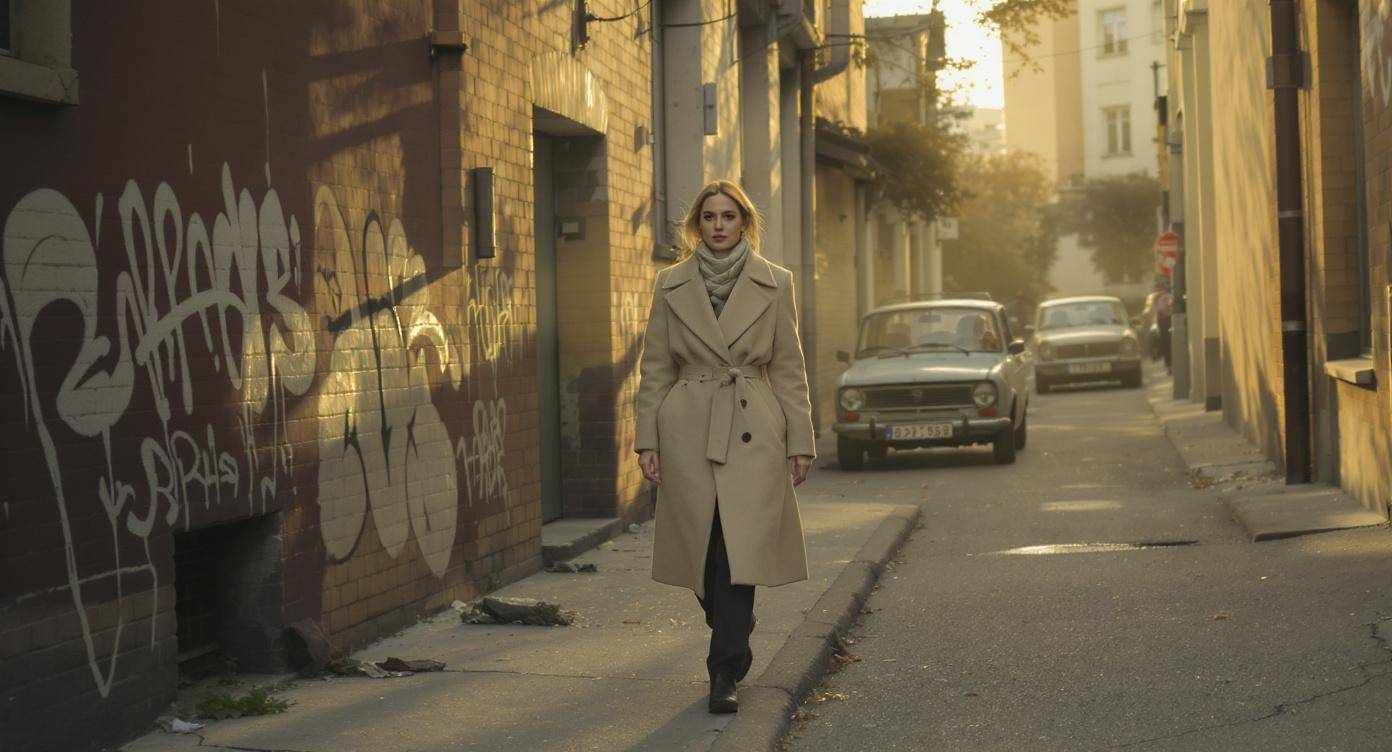
Okay, so traditional stuff is beautiful. But what do people actually wear?
Let’s be real: most Poles aren’t walking around in embroidered vests. They’re wearing jeans. T-shirts. Trench coats. Sneakers.
But here’s what outsiders miss: Polish fashion has a tone. It’s not loud. It’s not flashy. It’s… considered.
In cities like Warsaw, Kraków, Wrocław — you see a lot of minimalism. Neutral colors. Clean lines. Quality over quantity. Think Scandinavian, but with more edge. More history in the fabric.
I worked with a designer from Berlin once who said, “Polish women don’t buy trends. They buy things that last.” And she was right.
You go into a boutique in Warsaw, and yeah, there’s streetwear. But it’s not hypebeast stuff. It’s functional. Durable. Often locally made.
And the sustainability angle? Huge. Bigger than in a lot of Western markets. We’ve seen it in client data — 68% of urban Poles under 35 say they prefer brands that use eco-friendly materials, based on a 2023 survey we pulled for a brand entering the EU market.
That’s why brands like Ania Kuczyńska or Dawid Tomaszewski are gaining traction — they mix avant-garde silhouettes with ethical production. No fast fashion. No waste. Just thoughtful design.
And then there’s Warsaw Fashion Week. Not as big as Paris or Milan, but growing. It’s where you see the real pulse — young designers experimenting, blending folk elements with techwear, using recycled wool, natural dyes.
One brand we worked with — not ours, but we know the team — launched a line of jackets made from upcycled military surplus. Camo patterns reimagined in earth tones. No branding. Just function and form. Sold at concept stores across Europe.
So when you ask, “what type of clothing does Poland wear?” — think: practical, understated, quietly rebellious.
Not flashy. Not disposable.
And definitely not dictated by TikTok trends.
Seasonal Dressing Is Survival
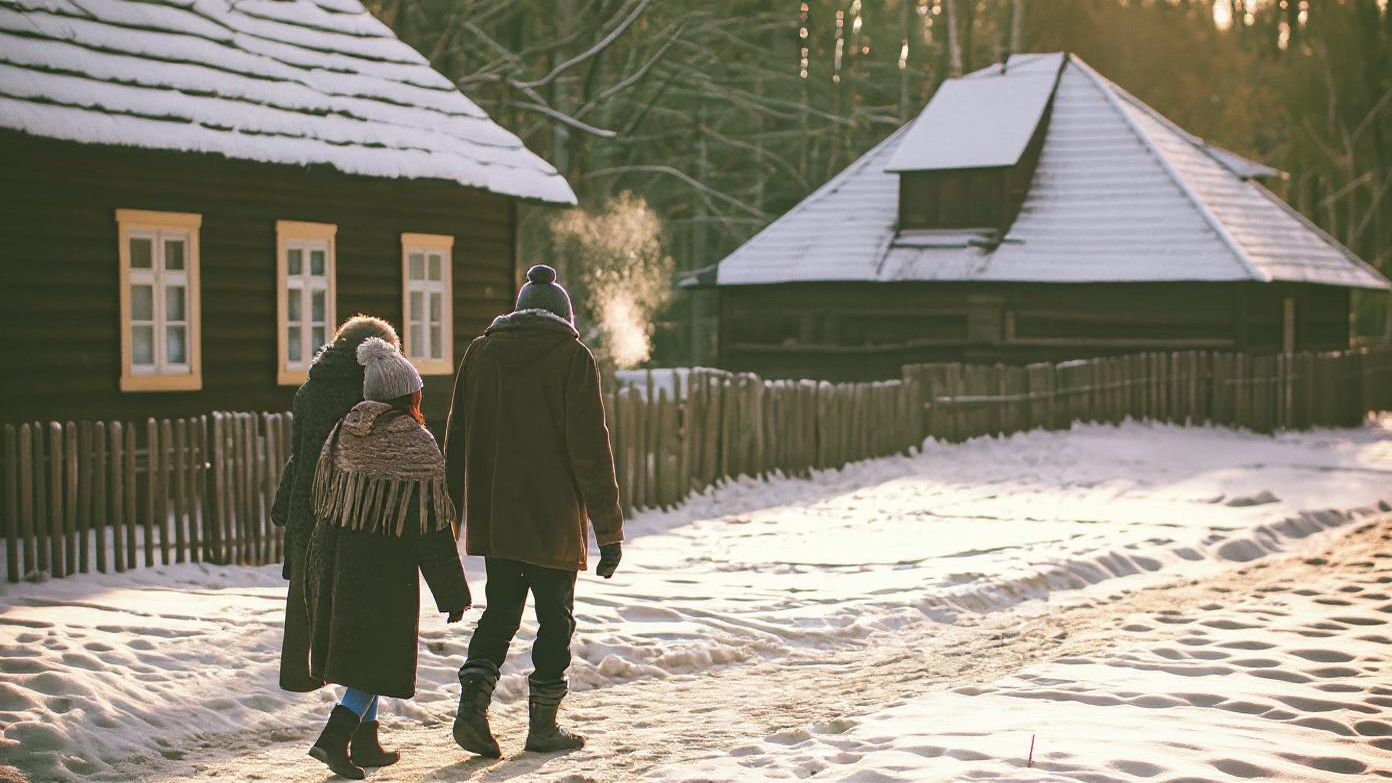
Let’s talk about weather.
Because in Poland, it matters.
I’ve said it before: if you don’t design for climate, you’re designing for failure.
Poland has a continental climate. That means:
- Winters: cold. Like, -20°C cold. Snow. Ice. Wind that cuts through your bones.
- Summers: hot. 30°C+. Humid. Sun that doesn’t quit.
- Spring and autumn? Unpredictable. One day it’s 15°C and sunny. Next day, rain and 5°C.
So your wardrobe? It has to be adaptable. Layered. Durable.
Let’s break it down.
Winter: Function Over Fashion (But Fashion Still Matters)
In winter, Poles wear thick wool or down coats. Not the puffer jackets you see in New York — heavier. Longer. Often lined with fur or fleece.
Thermal layers underneath. Wool sweaters. Cashmere scarves. Leather gloves. And boots? Insulated, waterproof, with good grip. You don’t mess around on icy sidewalks.
Accessories aren’t optional. They’re survival gear.
We had a client from Australia once — wanted to launch a line of “European-style winter coats.” We told them: your fabric’s not heavy enough. They didn’t believe us. Shipped 500 units to Poland. Returned 400. Too thin. Not windproof.
Lesson: if you’re making winter wear for Poland, test it in actual Polish winter. Not in a lab. Outside. At 6 a.m. in January.
Summer: Light, Breathable, But Not Flimsy
Summer’s the opposite. Lightweight fabrics: cotton, linen, rayon. Loose dresses. Shorts. T-shirts. Sandals.
But here’s the thing — Poles don’t go full beachwear in the city. Even in heat, there’s a sense of modesty. Of neatness.
You won’t see tank tops and flip-flops in the office. But you will see linen shirts, flowy skirts, breathable sneakers.
And sun protection? Big. Hats. Sunglasses. Lightweight long sleeves.
We helped a yoga brand launch in Poland using Fexwear’s fabric recommendations — switched from synthetic blends to Tencel and organic cotton. Breathable, moisture-wicking, sustainable. Sales went up 40% in the first summer.
Spring/Autumn: The Layering Game
This is where Polish dressing shines.
Layering is an art. T-shirt + sweater + trench coat. Or long-sleeve shirt + vest + light jacket.
Waterproof outerwear is key. Rain is constant. Umbrellas? Useless in wind. So people rely on water-resistant fabrics, hoods, durable zippers.
Footwear? Ankle boots. Water-resistant sneakers. Nothing too delicate.
And here’s a pro tip: Poles invest in quality outerwear. A good coat lasts 10+ years. It’s not a seasonal purchase. It’s a long-term relationship.
Regional Differences You Can’t Ignore
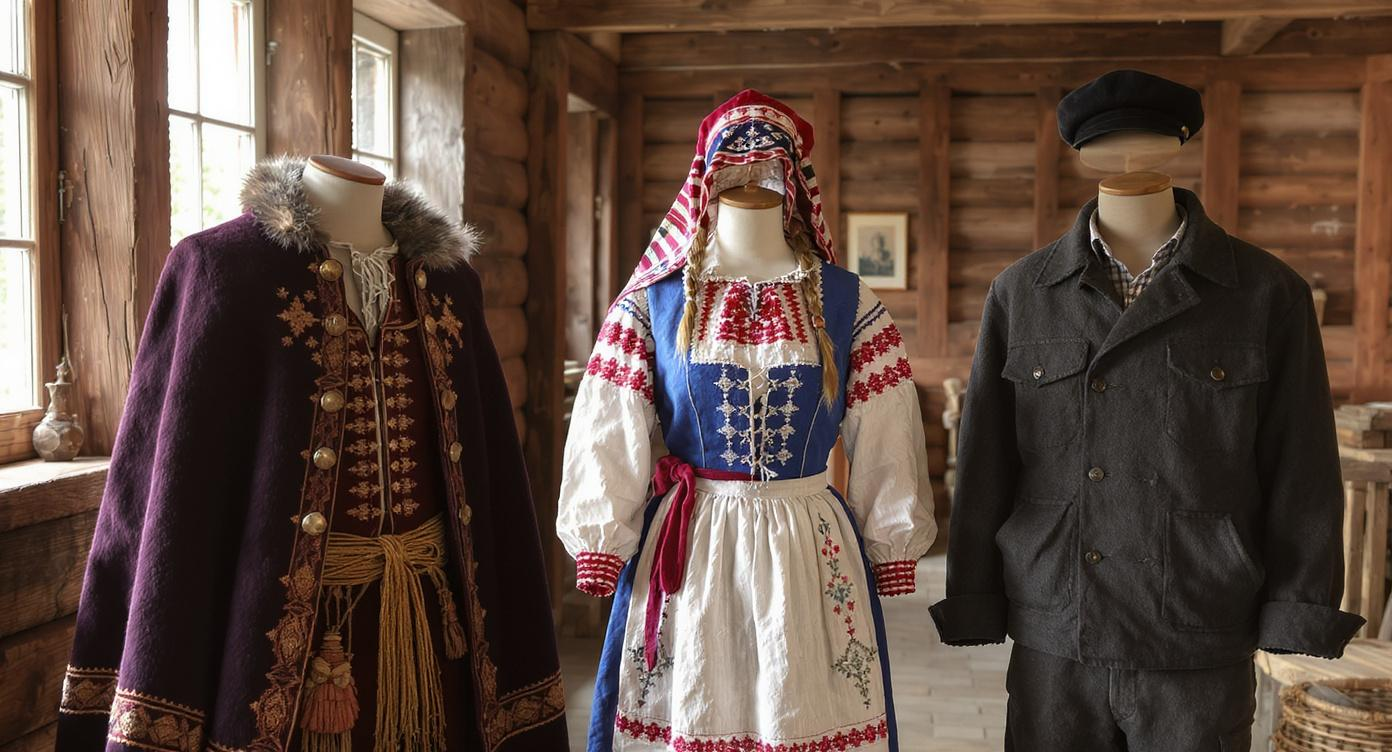
Poland’s not one culture. It’s many.
And that shows in clothing.
I’ve seen brands fail — not because the clothes were bad, but because they treated Poland like a monolith.
It’s not.
Let’s go region by region.
Podhale (Southern Highlands)
Mountain climate. Cold. Snowy. Rugged.
Clothing reflects that: wool, sheepskin, leather. Men wear vests with intricate floral embroidery. Women’s skirts are full, layered, often red and black.
The Góralski look is iconic. But it’s not just fashion — it’s identity. The highlanders (Górale) have their own dialect, music, even sense of pride.
And yes, people still wear elements of it — not full costumes, but details. A vest. A hat. A brooch.
We worked with a brand that wanted to use Górale patterns. We said: get permission. Not legally required, but ethically necessary. They reached out to a cultural association. Got approval. Even credited the community. Sales were strong — and no backlash.
Kashubia (Northern Coast)
Near the Baltic Sea. Milder climate. Maritime culture.
Clothing: lighter. Linen, cotton, simple cuts. Blue and white patterns — waves, sky, nets.
Women’s dresses often have white blouses with embroidered collars. Men wear simple wool jackets.
Functionality over flair. But still beautiful.
One thing we noticed: Kashubians value durability. Salt air ruins fabric. So even traditional clothes were made to last.
Silesia (Industrial South)
This region was built on coal, steel, factories.
So the clothing? Workwear-inspired. Durable fabrics. Practical cuts. Overalls. Boots. Caps.
Even today, you see that utilitarian influence — in streetwear, in fashion. Think: cargo pants, sturdy jackets, minimalist design.
And there’s a quiet pride in that. It’s not “fashionable” in the glossy magazine sense. But it’s real.
We helped a streetwear brand launch there — used Fexwear’s private label manufacturing to create a line of jackets with reinforced elbows, water-resistant lining, subtle embroidery. Marketed it as “urban workwear.” Sold out in two weeks.
Eastern Borderlands (Kresy)
This one’s complex.
Historically, this area had Ukrainian, Belarusian, Jewish influences. Bright colors. Floral embroidery. Long coats. Headscarves.
After WWII, borders shifted. Many people were displaced. But the cultural memory remains.
You still see elements — in folk festivals, in family heirlooms, in modern reinterpretations.
One designer we know — based in Lublin — creates modern dresses using Kresy embroidery patterns. Not exact copies. But inspired. She works with elderly women who still remember the stitches. Pays them for their knowledge.
That’s the kind of respect that matters.
Urban vs. Rural Divide
You ever notice how cities dress differently than villages?
In Poland, it’s stark.
In Warsaw, you see global influences. Streetwear. Athleisure. Minimalist luxury. People care about fit, fabric, brand ethics.
In rural areas, it’s more about practicality. Durability. Value.
But that doesn’t mean less style.
Older generations? They dress up. Even on a Tuesday. A nice coat. A scarf. Polished shoes.
There’s a dignity in presentation.
And younger people in small towns? They’re not behind. They follow trends. But they adapt them.
Can’t afford designer jeans? Customize yours. Add patches. Embroider initials. Make it yours.
We saw this in a project — a youth center in a small town wanted custom hoodies. Not just logos. Personalized embroidery. Each kid designed their own.
We used Fexwear’s embroidered hoodies service. Low MOQ. Fast turnaround. They got 35 unique hoodies in 10 days.
The pride on their faces? Worth more than any sales number.
The Role of Custom and Local Production
Let me tell you something most articles won’t: Poland has a strong tradition of tailoring and local production.
Not mass factories. Not sweatshops.
Small workshops. Family-run ateliers. Seamstresses who’ve been doing this for 40 years.
And it’s coming back.
More people want clothes that fit. That last. That aren’t made in a Chinese factory with no traceability.
So local, custom, small-batch production is growing.
We’ve seen it in demand — brands coming to us asking for low MOQs, custom fits, eco fabrics.
And we get it.
Because when you’re selling in Poland, you can’t just drop a generic collection and expect it to stick.
You need to understand the culture. The climate. The values.
That’s why we offer Fexwear’s small seller support program — we help brands test the market with small runs, get feedback, iterate.
One client from the UK launched a line of cycling jerseys inspired by Polish folk patterns. Ordered 30 units. Tested in Warsaw and Kraków. Adjusted fit, changed fabric, relaunched. Now they’re scaling across Europe.
Could they have done that with a 1,000-unit MOQ? No. Too risky.
But with no MOQ pressure, they could move fast, adapt, and respect the culture they were borrowing from.
Fabric & Construction: What Works in Polish Clothing
Let’s talk materials.
Because if you’re designing for Poland, you need to know what works — and what doesn’t.
And construction?
Poles expect quality. Zippers that don’t break. Seams that don’t unravel. Buttons that stay on.
We’ve had brands come to us with designs from other manufacturers — and the stitching was garbage. Thin thread. Uneven seams. One client’s jackets started falling apart after two washes.
We fixed it. Changed the stitch type. Used reinforced seams. Added bar tacks. Cost a bit more, but the product lasted.
People noticed.
So, What Type of Clothing Does Poland Wear?
I guess… all of it.
Traditional when it matters. Modern when it fits. Practical when it has to be.
Polish clothing isn’t one thing. It’s layers — of history, climate, region, identity.
And if you’re building a brand, that’s good news.
Because you don’t have to pick one style.
You just have to be real.
Respect the culture. Understand the needs. Use good materials. And don’t treat Poland like a trend.
It’s not.
It’s a country that’s survived invasions, partitions, communism, and still dances in folk costumes on Sundays.
That kind of resilience? It shows in how they dress.
FAQs
1. What does traditional Polish clothing consist of?
Embroidered wool garments, regional patterns, symbolic colors. Not costumes — cultural artifacts. We’ve worked with designers who got this wrong. Don’t be that brand.
2. What materials are commonly used in Polish clothing?
Wool, cotton, linen, polyester. Depends on season. We test fabrics in real conditions — not just labs. If it doesn’t work in a Polish winter, we don’t use it.
3. How do I add Polish style to my own wardrobe?
Don’t just copy embroidery. Understand it. Maybe start with a hand-knit sweater from Podhale. Or a minimalist coat inspired by Warsaw. Be intentional.
4. What role does fashion play in Polish identity?
Huge. It’s about pride, memory, resistance. Wearing folk dress isn’t nostalgia — it’s saying, “We’re still here.”
5. Can Fexwear help me make Polish-inspired clothing?
Yeah. But we’ll ask questions first. Who’s it for? What’s the story? We’ve seen too many brands mess this up. Let’s do it right.
6. How do I contact Fexwear for custom apparel?
Just go to our contact page . No gatekeepers. No bots. Real humans. We’ll talk.
Call to Discussion
Look, I’m tired. It’s late. I’ve been writing this for hours, and I know it’s messy. But that’s okay.
Because fashion isn’t clean. It’s lived in. It’s layered. It’s complicated.
Just like Poland.
So if you’re thinking about entering this market — slow down. Listen. Learn.
And if you want to talk? We’re here.
Now go make something real.

